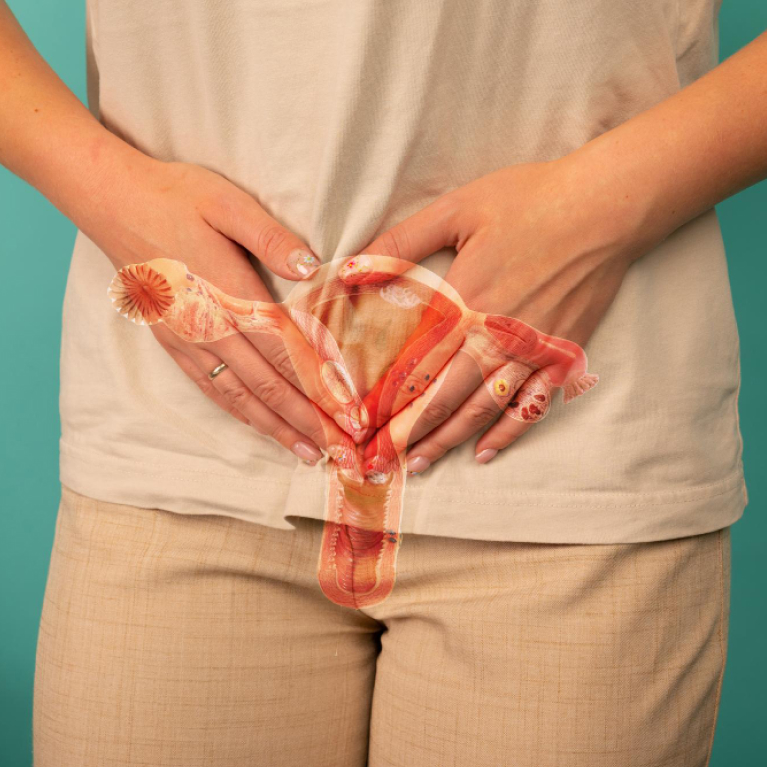Exploring Non-Surgical Treatments for Endometriosis

Endometriosis affects nearly one in ten women globally, yet millions continue to struggle with chronic pain, fatigue, heavy periods, infertility concerns, and emotional exhaustion before they finally receive a diagnosis. While surgery-especially laparoscopy-is a widely used approach, not everyone is ready for it, needs it immediately, or feels comfortable choosing it as their first line […]
The Importance of Mental Health Care in Women’s Health

Mental well-being plays a crucial role in every stage of a woman’s life. From adolescence to pregnancy, motherhood, menopause, and aging, women experience unique biological, psychological, and social challenges. This constant interplay makes the connection between women and mental health especially important to understand and prioritize. Women tend to experience hormonal shifts, social expectations, caregiving […]
Tips for Managing Anxiety and Stress During Pregnancy

Pregnancy is one of the most beautiful and transformative journeys in a woman’s life – but it can also be emotionally overwhelming. Between hormonal changes, physical discomfort, and the anticipation of motherhood, it’s completely normal to experience anxiety and pregnancy-related stress. However, when worries start to feel constant or unmanageable, it’s important to pause and […]
The Impact of Environmental Factors on Women’s Reproductive Health

Fertility is a complex interplay between hormones, lifestyle, and environment. In recent years, researchers have found growing evidence that the impact of environmental factors on fertility is more significant than once believed. From air pollution and chemical exposure to diet and stress, modern living poses challenges that can affect women’s reproductive health in subtle yet […]
Understanding the Link Between PCOS and Infertility

Polycystic Ovary Syndrome (PCOS) is a hormonal condition that disrupts the normal functioning of a woman’s ovaries. It not only impacts overall health but also plays a major role in fertility challenges. Many women first discover they have PCOS when they experience difficulties conceiving. Understanding the link between PCOS and fertility is the first step […]
High Risk Pregnancies: Understanding the Most Common Conditions

Pregnancy is often considered a natural and joyous phase of life, but for some women, it can come with additional medical challenges. High risk pregnancies are those in which the mother, the baby, or both are at increased risk of complications during gestation, labor, or after delivery. These pregnancies require closer monitoring, more frequent medical […]
Essential Safety Tips for Expecting Moms: Managing Pregnancy and COVID 19 Risks

The final days of pregnancy are filled with excitement, anticipation, and a touch of anxiety. But since the outbreak of COVID-19, expectant mothers have had to take extra steps to stay healthy and protect their babies. The link between pregnancy and COVID 19 has been studied worldwide, and experts agree that pregnant women need special […]
Morning Sickness During Pregnancy | Causes, Tips & Relief

If you’re expecting and feeling queasy, you’re not alone. Morning sickness is one of the most common — and least pleasant — symptoms of early pregnancy. Despite its name, it can strike at any time of the day or night, leaving many women wondering how long it will last and what they can do to […]
Vaginal Discharge Treatment in Chennai – Expert Care & Solutions

Vaginal discharge is a natural phenomenon in women, serving as a mechanism to keep the vagina clean and maintain its health. However, changes in the color, consistency, or smell of vaginal discharge can indicate an underlying problem that requires medical attention. If you are experiencing unusual vaginal discharge, seeking expert treatment in Chennai can help […]
Use a Fertility Calculator to Boost Your Chances of Pregnancy

Trying to conceive can feel overwhelming, especially if you’re unsure about the timing. Understanding your body’s fertility cycle is crucial for increasing your chances of getting pregnant. A fertility calculator or ovulation calculator is a simple yet powerful tool that can guide you through your most fertile days and help you plan conception more effectively. […]
